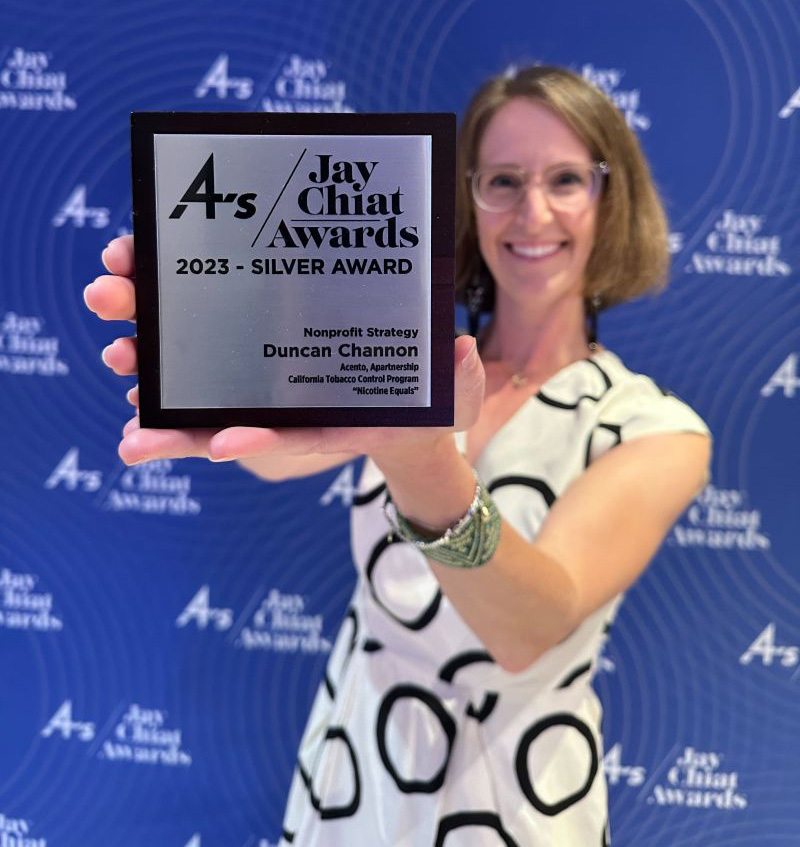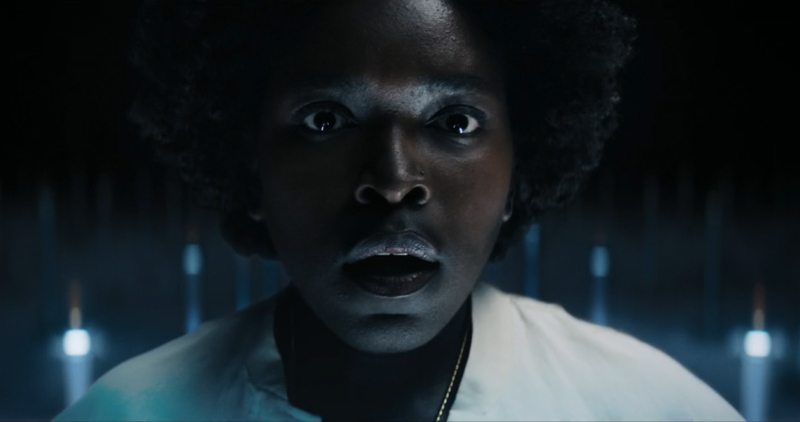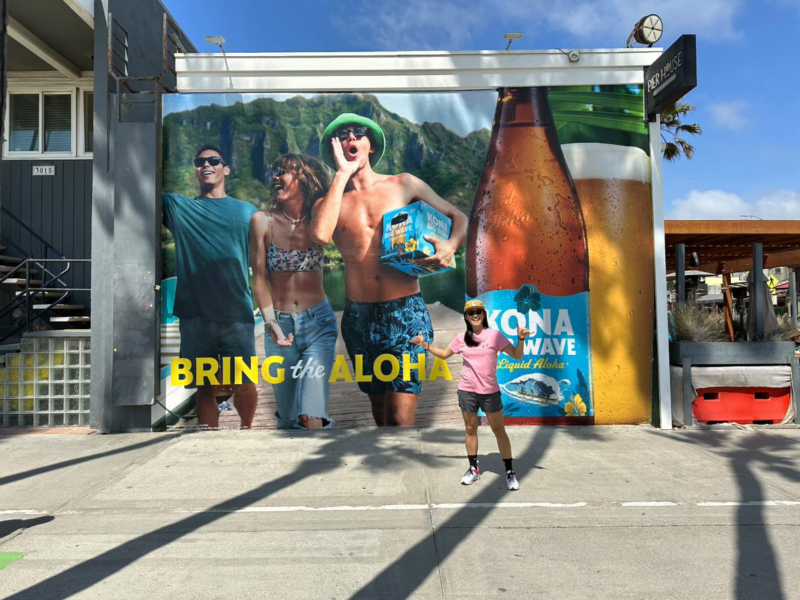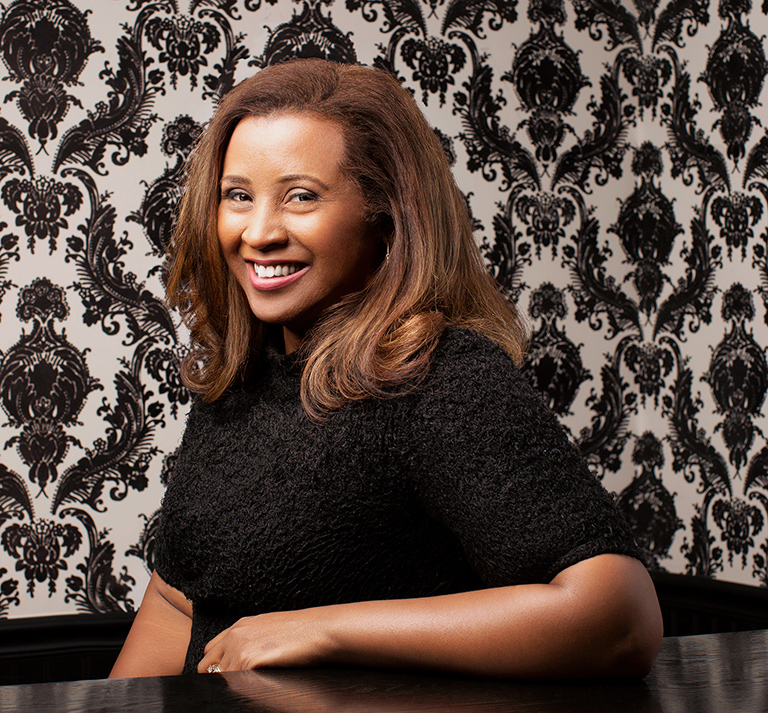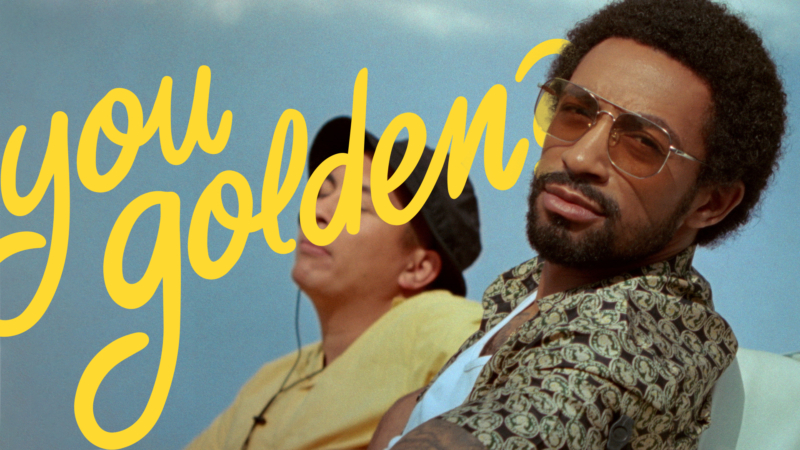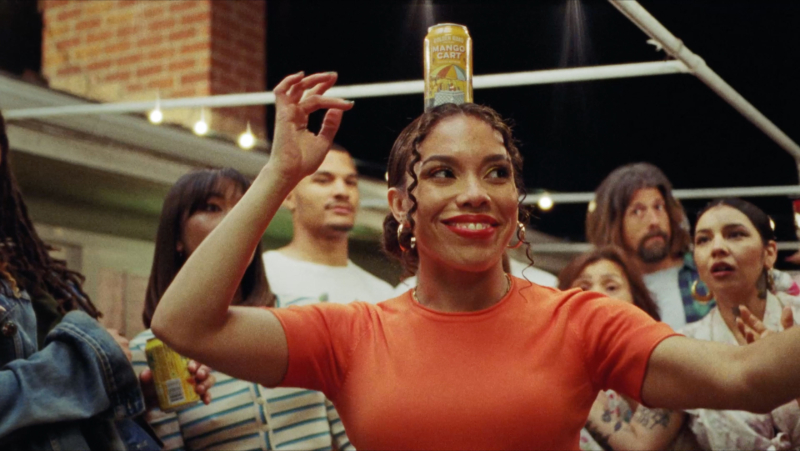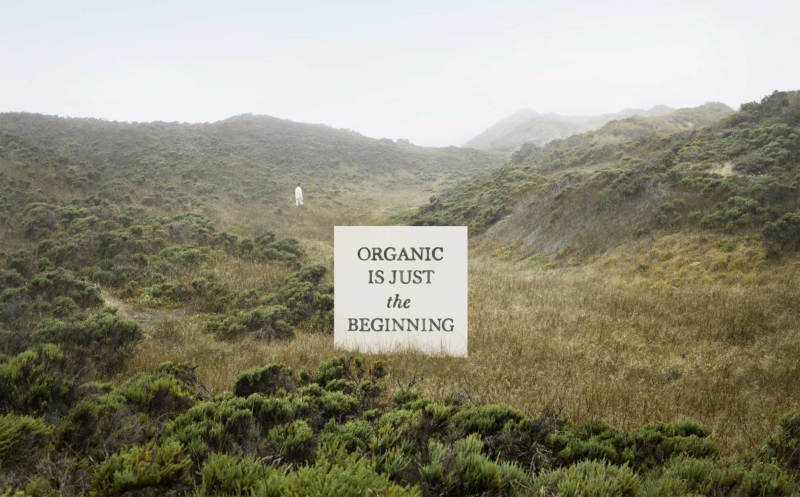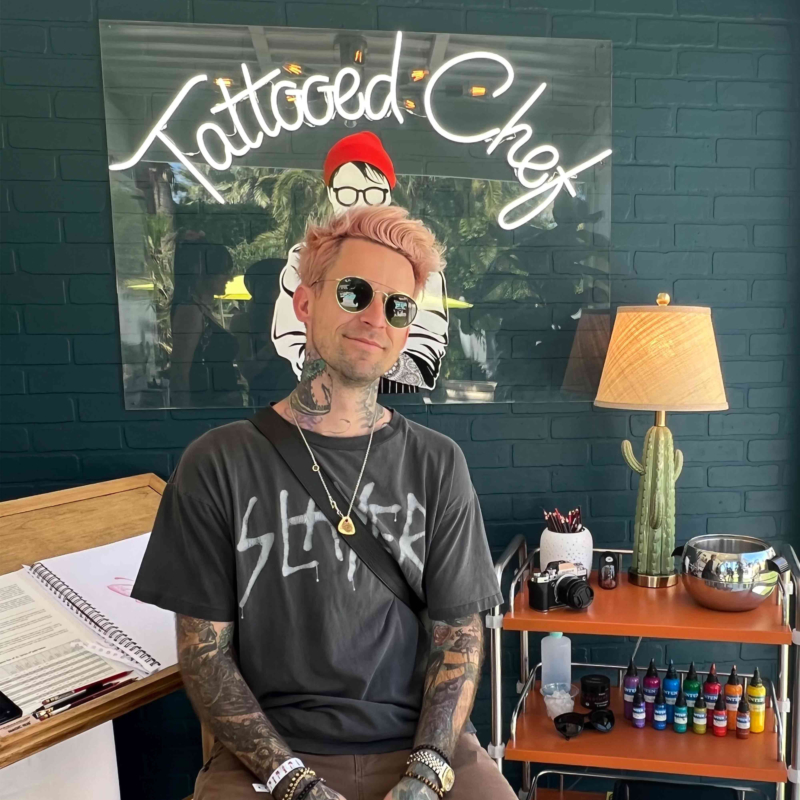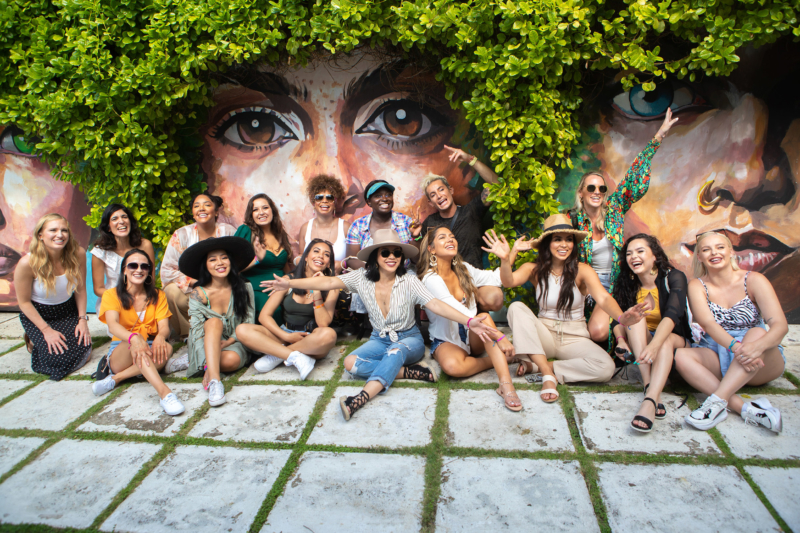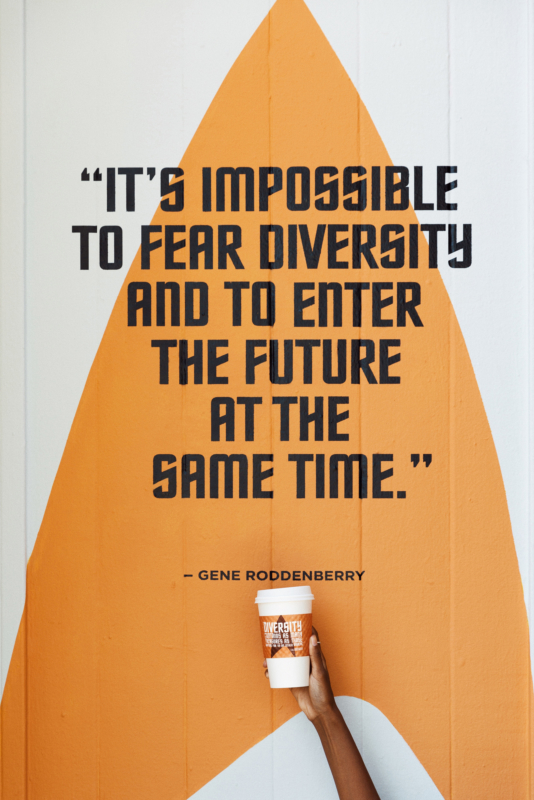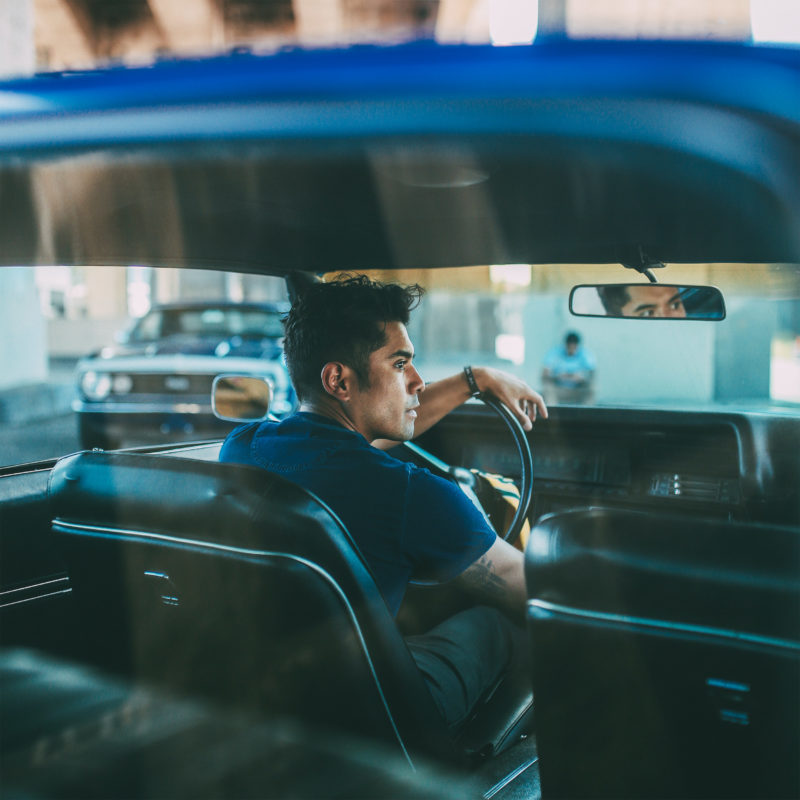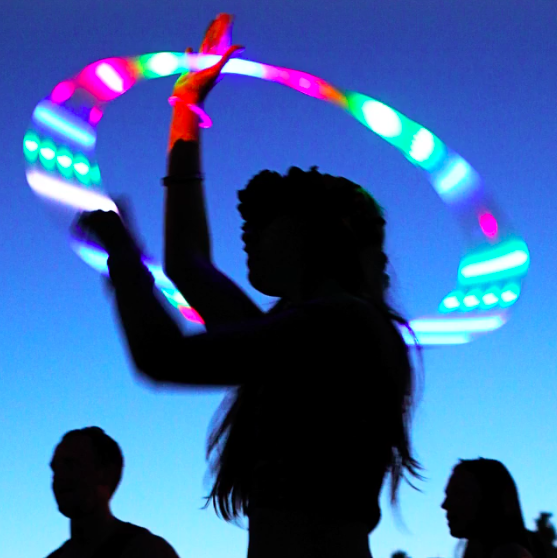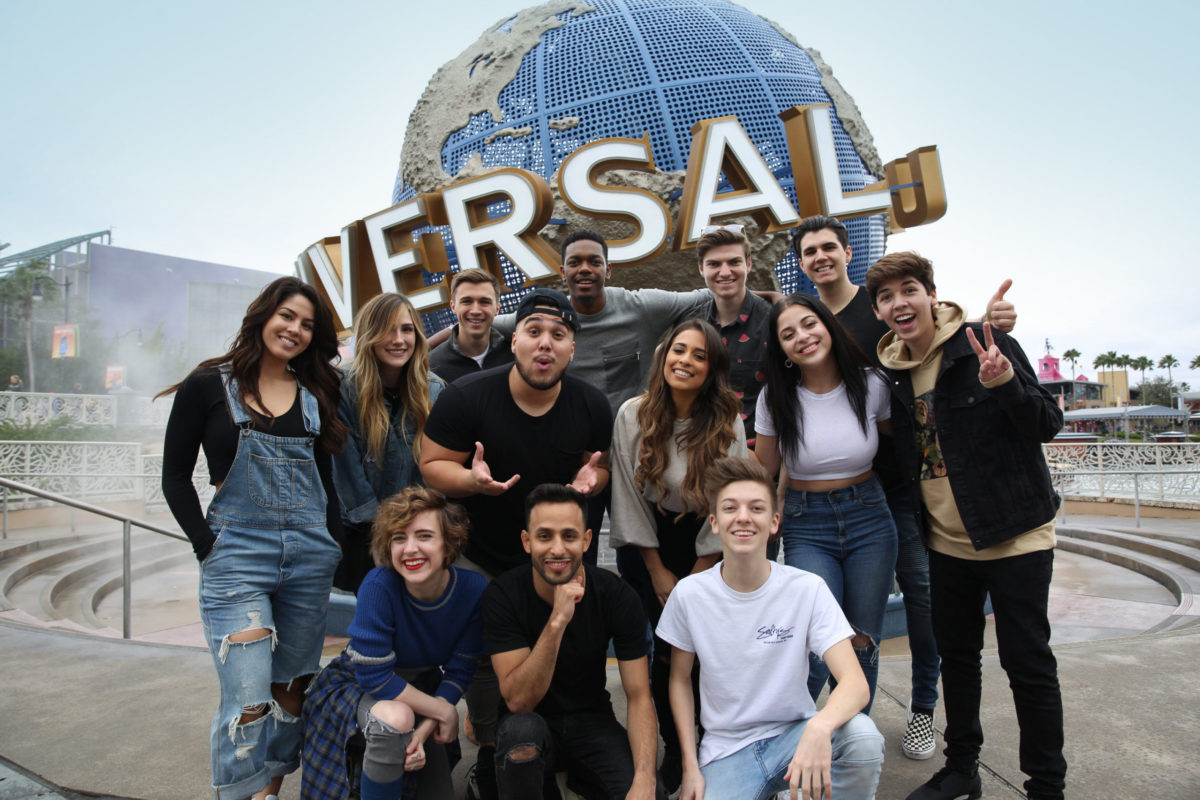History of The Tip
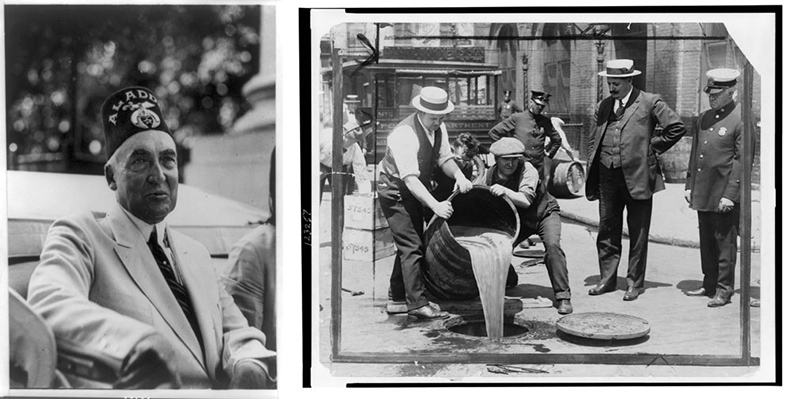
For the last 20 years of his life, Adam Grant had used the Tip as a private men’s club, with membership limited to 100 of his nearest and dearest. After the restoration, Adam Grant’s heirs sold the building, and the Tip remained a private gathering place for the new owners, a somewhat shadowy group about whom history records very little — except that they were Masons. In any case, if anyone had wanted to recapture the glory days of the bar, the Volstead Act arrived in 1919 to put a stop to it.
A Langhorne or a Grant would have turned the inconveniences of Prohibition into a brand new excuse to party. But the Masons evidently lacked such instincts. Accordingly, the Tip went dry. Over the next three decades, the one-story elevator was bricked over, and the room itself left to the city’s soot and spiders. And the Tip went mostly forgotten by all.
Except for one guy.
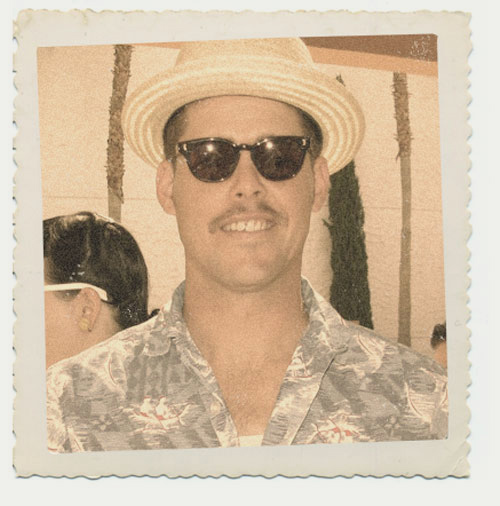
The year was 1950. Birth of the Cool. Opening days of post-war prosperity. In music, Big Bands were done, and the heppest of the hep had turned their attention to the West Coast, where players like Stan Getz and Ernie Fathom had picked up the gauntlet of cool jazz, as thrown down in the Big Apple by Miles Davis, and run with it. Big time.
One of those fans was named Mickey Haff. And when he bought the Adam Grant Building off the stolid Masons, for him it was all about the Tip. Not only did Mickey know at least some of the history, not to mention the legend, he was excited about extending that legend into the modern era. Mickey’s vision was of a semi-private club, with a membership culled from friends, fellow jazz fans or anyone else he thought was fun, hosting semi-private performances by Miles, Bird, Getz, Fathom and Antell — the cream of contemporary (mostly cool, mostly west coast) jazz. Like so many of the super-fans, Mickey didn’t play an instrument himself. And like so many of the super-rich, Mickey, California’s biggest Cadillac dealer, had more or less lost touch with reality.
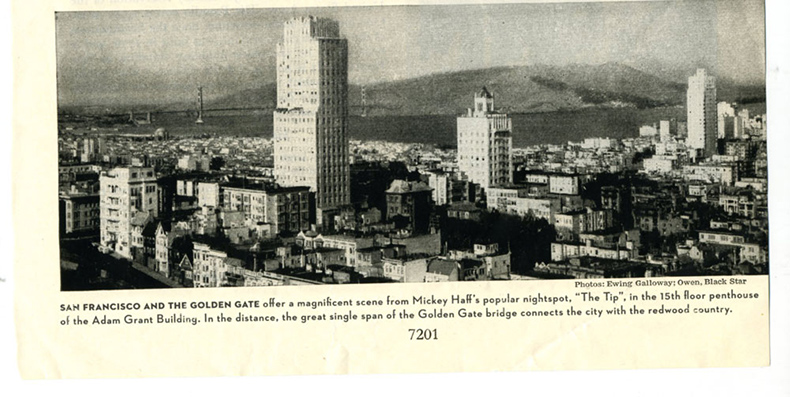
According to an exhaustive profile in Downbeat magazine, Mickey poured money into the Tip — $110,000 (in 1950 dollars; $27.9 million in 2008 dough) — adding a spectacular tufted-leather bar, four chandeliers, a giant antique mirror edged in silver, a “wine cellar in the sky” filled with the finest of France, Italy and Spain, handmade flocked wallpaper from Belgium, an eye-popping black-and-white floor and a “moonroof to let in the stars.” He restored the Tip’s famed silver-tin ceiling and got the crazy, little one-floor elevator to work again. The room shone like a jewel, like the legend it deserved to be.
And then Mickey caught a Constellation to New York to personally book Miles for the opening.
··········
Previous · Chapter 9
Hail the great erector
··········
Next · Chapter 11
“H” to the “M” to the “K”
